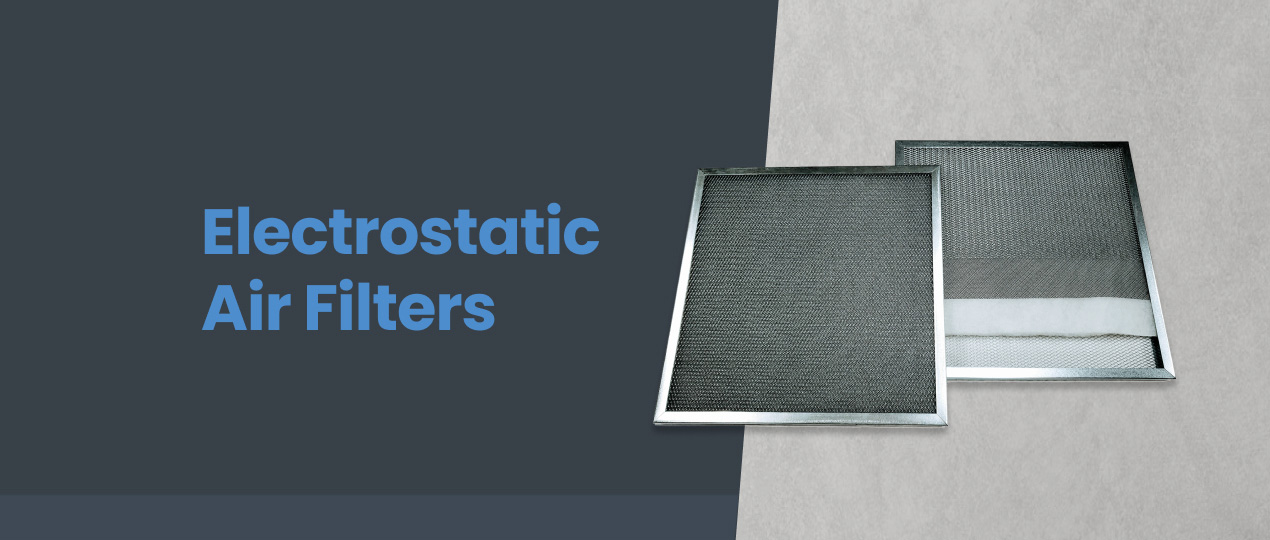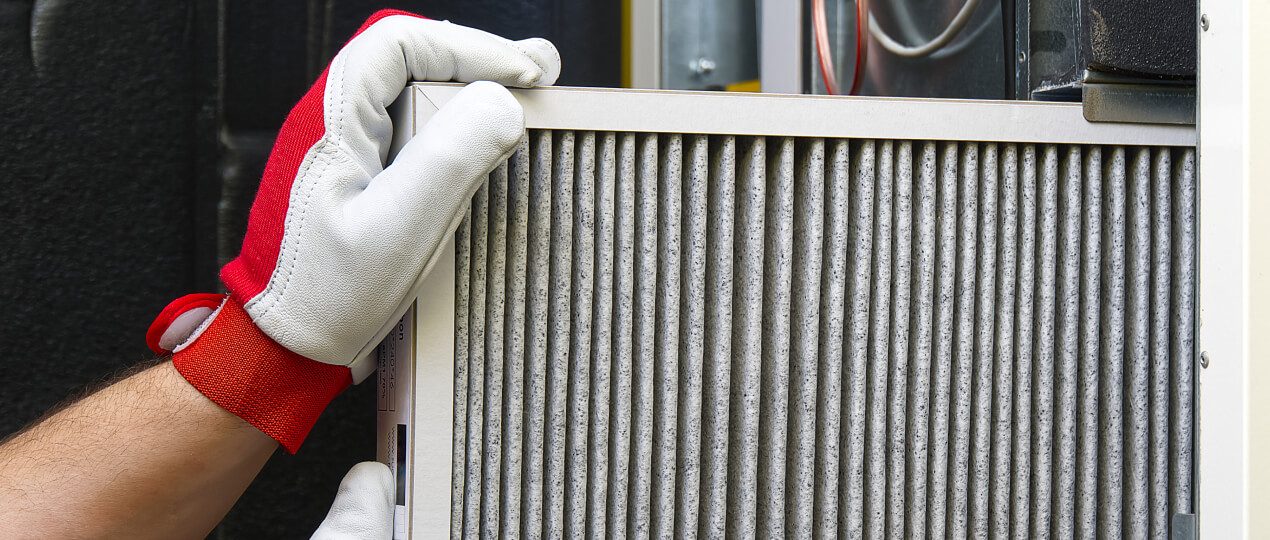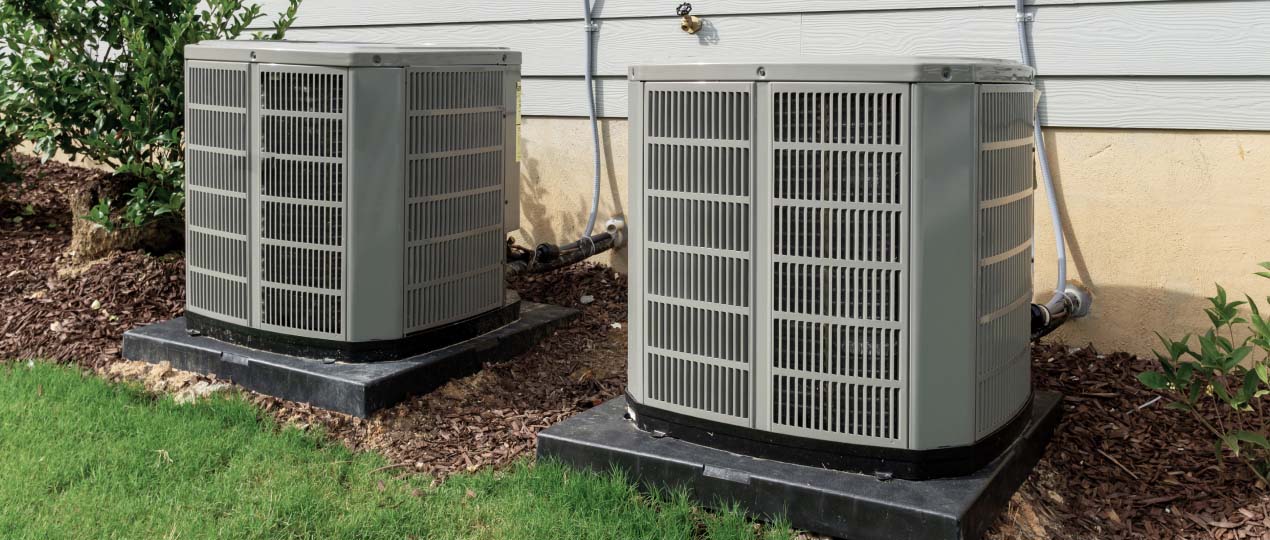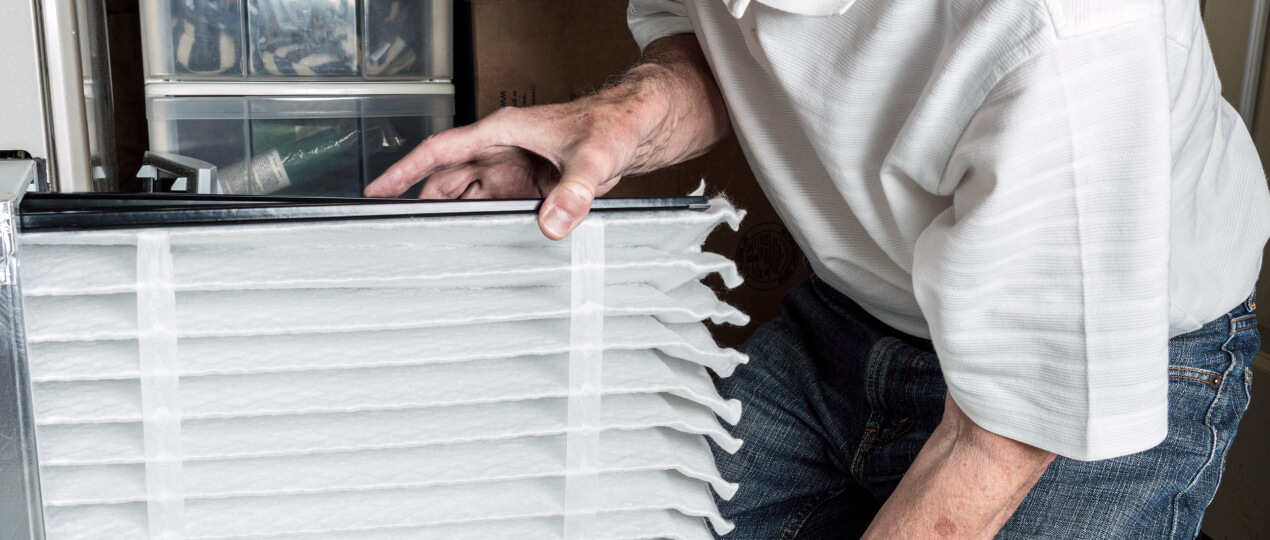
Filters play a critical role in maintaining indoor air quality by trapping dust, allergens, and airborne pollutants. However, these particles accumulate over time within the filter, reducing its effectiveness and restricting airflow. As a result, your HVAC system may struggle to maintain consistent temperatures throughout your home.
How to choose a filter by MERV rating?
Choosing the best air filter for your home can be difficult due to the many options available. To choose the right one, you must understand MERV (Minimum Efficiency Reporting Value) ratings and how they relate to filter quality.
The MERV rating of an air filter indicates how well it can capture particles in the air circulating through your heating and cooling system. Residential MERV ratings range from 1 to 16. Generally, the lower the number, the less expensive it is. Air filters with lower MERV ratings remove fewer pollutants in your home. A MERV rating of 7 to 12 is considered good.
Most common residential HVAC air filter types and their MERV ratings
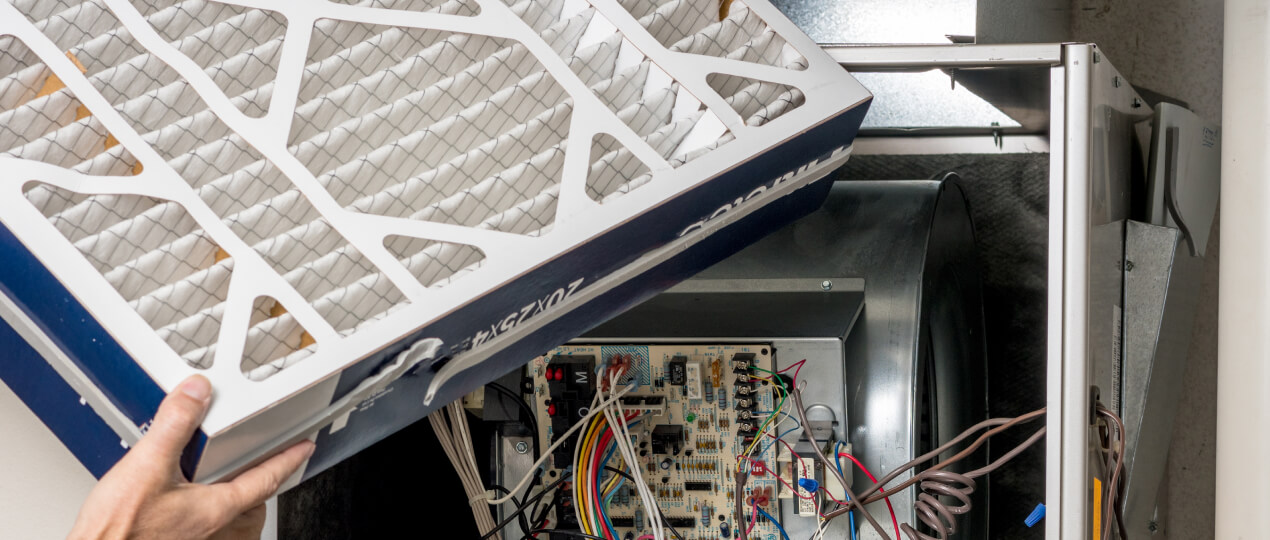
With a variety of filter types available, understanding how they differ is essential. Let’s explore the most common residential HVAC air filter types and break down their MERV ratings, helping you make an informed choice for your home’s air quality needs.
Fiberglass air filters
Fiberglass air filters are often available for under $10. They have flat, thin surfaces that trap airborne particles. However, they only capture up to 20% of pollutants between 3 and 10 microns. This means larger particles such as dust, lint, and insects will be removed. These filters were originally designed to protect air conditioning and heating equipment. However, they could be more effective at improving indoor air quality. Replace them at least once a month.
MERV Rating: 1-4
Electrostatic air filters
Disposable air filters with electrostatic fibers are made of cotton or paper that self-charge and attract small particles. Air flowing through static-prone fibers creates an electrostatic charge. These filters work well in homes with pets, children or smokers. They are also affordable and available in standard sizes. To keep your home clean of airborne allergies, it is recommended that disposable electrostatic filters be replaced every three months.
MERV Rating: 6-8
Pleated air filters
Disposable pleated air filters are a better investment and a step up from fiberglass filters. They also capture 70-90% of airborne contaminants between 3 and 10 microns in size. The more pleats, the better the coverage. They are made of polyester or cotton paper. Pleated air filters cost about $15 or less per filter. They also only need to be changed every three months, just like electrostatic filters.
MERV Rating: 6-13
High-efficiency air filters
Most residential HVAC systems use high-efficiency air filters. These filters are a 4-5 inch pleated cotton synthetic material attached to rigid metal grilles. They can trap particles as small as 0.3 micrometers, including dust, pollen and mold. These high-quality UV filters contain all the traditional components and UV light that kills germs. A 9-12 MERV HVAC filter is a great way to control dust and other particles.
MERV Rating: 9-16
Reusable air filters
Some filters are reusable. While this is a good idea, such filters must be cleaned regularly to remove dust. Unfortunately, reusable filters need to be cleaned more frequently.
When choosing a filter, it is important to consider the airflow restriction through the filter or the static pressure drop. Filters with higher MERV ratings have a greater impact on airflow. If you choose a filter restricting airflow, your unit will work harder. This can lead to higher energy bills or equipment failure.
The benefits of using the right air filter
Breathing clean air is important for our health and well-being. That’s why choosing the right air filter matters. Using the right air filter in your home or office can reduce harmful pollutants and allergens, improve air quality, and create a healthier environment for you and your loved ones. It can also help your HVAC system run more efficiently and for longer. By preventing dirt and debris from clogging the system, you can potentially save on energy and maintenance costs.
REFERENCES
1. Al-Azba, M., & Mahgoub, M. (2023). Parametric analysis and multi-objective optimization for energy-efficient and high-performance hvac air filter design and selection. ASME Journal of Engineering for Sustainable Buildings and Cities, 4(3). https://doi.org/10.1115/1.4063052
2. Montgomery, J. F., Green, S. I., Rogak, S. N., & Bartlett, K. (2012). Predicting the energy use and operation cost of HVAC air filters. Energy and Buildings, 47, 643-650. https://www.sciencedirect.com/science/article/abs/pii/S0378778812000035

